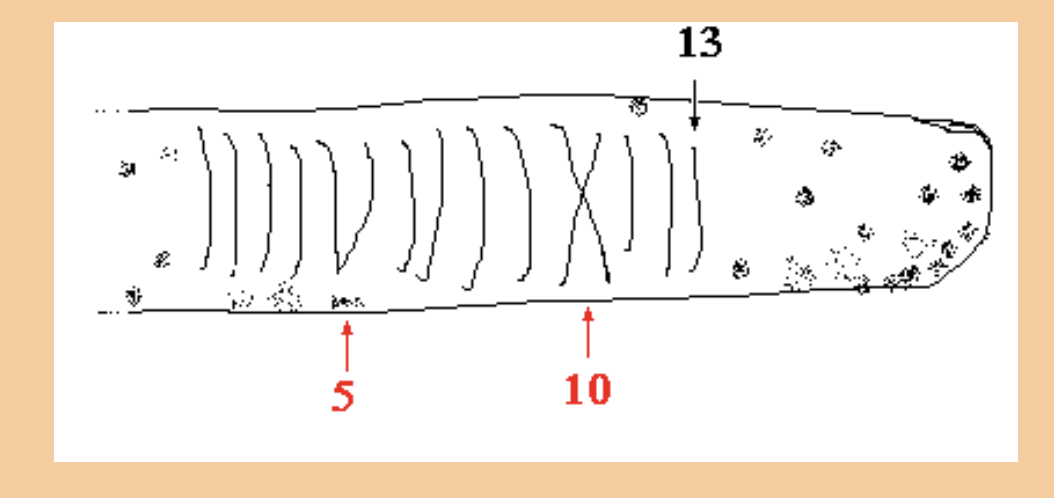Literature on the subject seems to agree about the fact that purely additive forms, as IIII, are the most ancient forms and the preferred forms in early Roman times, and the subtractive forms as IV were introduced, at least widely, during the Middle Age.
What is more uncertain is, as far as I know, if the additive form was exclusive, to what extent the subtractive form IV was diffused in early times, and when and how subtractive forms had origin.
Below, a quotation from the History SE thread mentioned by njuffa in the comments:
Romans used both additive and subtractive and this is true from late
Etruscan times up to middle ages (1100 Arabic numbers spread into
Europe).[…]
It is true that IIII is the simplest and earliest form to write 4.
During early Roman times the additive form is preferred, but we don't
know for sure whether it was exclusive, since you will find IV in
quite early republican inscriptions in the CIL.$^1$”
I think it could be interesting, in this regard, to refer to the origin of the symbols used in Roman numbering system.
An interesting text about the origin is an article of the university of Bologna$^2$.
Unfortunately, this article is in Italian, so I make here, below, a synthesis and a translation into English of some passage of it.
In this article it is said that the origins of the symbols were in sheep counting, as the Romans were (in the origin) above all a people of shepherds.
Sheep counting was made by carving of notches on belts: to facilitate reading, every five notches a notch was made in the shape of V, and every ten notches a 'X'. Later, other forms were introduced for 50, 100 and so on.

But, "in the Roman numbering system there is a novelty: subtractive notation: IV = 4 ; XIX = 19. Subtractive notation instead of 'IIII' remembers the position of 4 in the serie: ' IIIIV', as 'IX' in the series: 'IIIVIIIIX'."

Because of this pastoral, sheep breeding, origin of both additive and subtractive systems, I suppose that also the subtractive version was known during very early Roman times, even if the additive numbering system became the most widespread system, until Middle Ages.$^3$
$^1$ https://history.stackexchange.com/questions/69731/when-did-subtractive-notation-become-common-for-roman-numerals
$^2$http://progettomatematica.dm.unibo.it/NumeriAdditivi/romani.html
$^3$ Recently, it was discovered that the numbers on the Colosseum gates were painted in red (traces of very old paints were found, a very important discover), so one can think that the purpose was to make the writing very visible and understandable for a crowd of illiterate people, coming to the representations of the Colosseum, and IIII is more understandable than IV
(important and aristocratic people entered the Colosseum through separated and not numbered gates).


